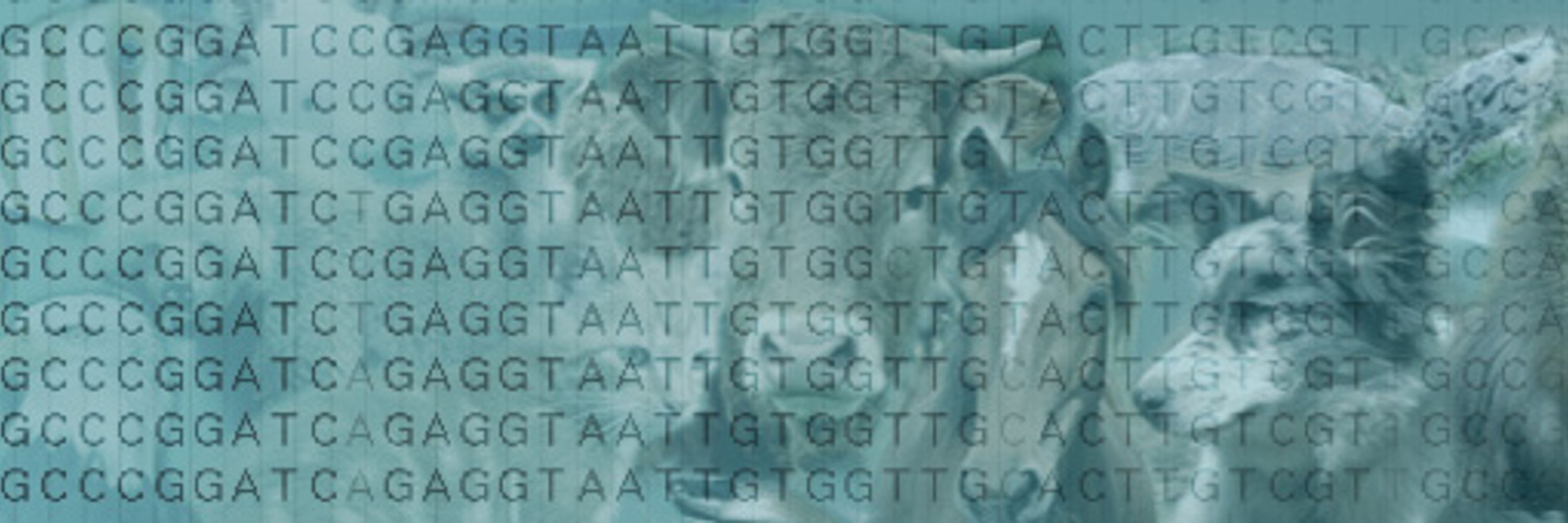
Michael Hiller
@hillermich.bsky.social
Prof. of Comparative Genomics @ Senckenberg Frankfurt; Genomics, Evolution, Comp Bio & the Phenotype-Genotype Question
Blue is my favorite color :-) and this is my first post here after leaving another platform, which is run by a guy who openly supports the german far-right party.
January 29, 2025 at 4:25 PM
Blue is my favorite color :-) and this is my first post here after leaving another platform, which is run by a guy who openly supports the german far-right party.
This project started 4 years ago and would not have been possible without the contribution of many fantastic colleagues from @bat1kgenomes.bsky.social and beyond !! Tagging a few @leonhilgers.bsky.social @emmateeling.bsky.social @sonjavernes.bsky.social @labdavalos.bsky.social @nancybat.bsky.social
January 29, 2025 at 4:25 PM
This project started 4 years ago and would not have been possible without the contribution of many fantastic colleagues from @bat1kgenomes.bsky.social and beyond !! Tagging a few @leonhilgers.bsky.social @emmateeling.bsky.social @sonjavernes.bsky.social @labdavalos.bsky.social @nancybat.bsky.social
The study highlights the power of comparative genomics, but much work remains to understand the immune system of bats. We need more bat genomes for deeper comparative analyses and more experiments to understand functional differences, of ISG15 and other candidates.
January 29, 2025 at 4:25 PM
The study highlights the power of comparative genomics, but much work remains to understand the immune system of bats. We need more bat genomes for deeper comparative analyses and more experiments to understand functional differences, of ISG15 and other candidates.
(iii) Unexpectedly, ISG15 function can differ substantially, not only between human and bats, but also between closely-related, even co-roosting, bats --> one cannot generalize from a few bat species to all bats.
January 29, 2025 at 4:25 PM
(iii) Unexpectedly, ISG15 function can differ substantially, not only between human and bats, but also between closely-related, even co-roosting, bats --> one cannot generalize from a few bat species to all bats.
(i) ISG15 of most rhinolophid/hipposiderid bats, where coronaviruses are frequently found, reduces SARS-CoV-2 by 80-90%, while human ISG15 has no effect. (ii) Intracellular ISGylation is key for this antiviral activity, different from the role of human ISG15 as a secreted pro-inflammatory cytokine.

January 29, 2025 at 4:25 PM
(i) ISG15 of most rhinolophid/hipposiderid bats, where coronaviruses are frequently found, reduces SARS-CoV-2 by 80-90%, while human ISG15 has no effect. (ii) Intracellular ISGylation is key for this antiviral activity, different from the role of human ISG15 as a secreted pro-inflammatory cytokine.
For ISG15 (Interferon Stimulated Gene 15), Aaron Irving @batresearch.bsky.social and Arinjay Banerjee @virology.bsky.social investigated gene function of 12 bats and human in cellular infection assays. Generated many new insights. Three highlights:
January 29, 2025 at 4:25 PM
For ISG15 (Interferon Stimulated Gene 15), Aaron Irving @batresearch.bsky.social and Arinjay Banerjee @virology.bsky.social investigated gene function of 12 bats and human in cellular infection assays. Generated many new insights. Three highlights:
We highlight selection in several regulators of inflammatory responses and interferon signalling --> promising experimental targets to better understand bat immune-system adaptations.

January 29, 2025 at 4:25 PM
We highlight selection in several regulators of inflammatory responses and interferon signalling --> promising experimental targets to better understand bat immune-system adaptations.
Where does that signal come from? Partially from the ancestral bat lineage, which has almost twice as many positively selected immune genes than expected --> immune adaptations are likely (directly or indirectly) linked to the evolution of flight.

January 29, 2025 at 4:25 PM
Where does that signal come from? Partially from the ancestral bat lineage, which has almost twice as many positively selected immune genes than expected --> immune adaptations are likely (directly or indirectly) linked to the evolution of flight.
We found that signatures of adaptations in immune genes are more prevalent in bats than in other mammalian orders; genomic evidence that bats have pronounced immune-system adaptations.

January 29, 2025 at 4:25 PM
We found that signatures of adaptations in immune genes are more prevalent in bats than in other mammalian orders; genomic evidence that bats have pronounced immune-system adaptations.
@ariadnamorales.bsky.social applied #TOGA to 20 bat and 95 other mammalian genomes and systematically screened 17130 orthologous genes for signatures of adaptations (positive selection). Importantly, this screen is unbiased, testing 228 phylogenetic branches, allowing recurrent & repeated selection.
January 29, 2025 at 4:25 PM
@ariadnamorales.bsky.social applied #TOGA to 20 bat and 95 other mammalian genomes and systematically screened 17130 orthologous genes for signatures of adaptations (positive selection). Importantly, this screen is unbiased, testing 228 phylogenetic branches, allowing recurrent & repeated selection.
To investigate the genomic basis of these adaptations, the @bat1kgenomes.bsky.social consortium generated 10 new high-quality bat genomes, focusing viral reservoir bats TheGeneMyers @mpicbg.bsky.social

January 29, 2025 at 4:25 PM
To investigate the genomic basis of these adaptations, the @bat1kgenomes.bsky.social consortium generated 10 new high-quality bat genomes, focusing viral reservoir bats TheGeneMyers @mpicbg.bsky.social
Bats are natural reservoirs for Corona, Ebola, Hendra, Nipah, Rabies and other viruses. Unlike other mammals, reservoir bats do not get sick from infections with such viruses --> their immune system must have unique adaptations.

January 29, 2025 at 4:25 PM
Bats are natural reservoirs for Corona, Ebola, Hendra, Nipah, Rabies and other viruses. Unlike other mammals, reservoir bats do not get sick from infections with such viruses --> their immune system must have unique adaptations.

